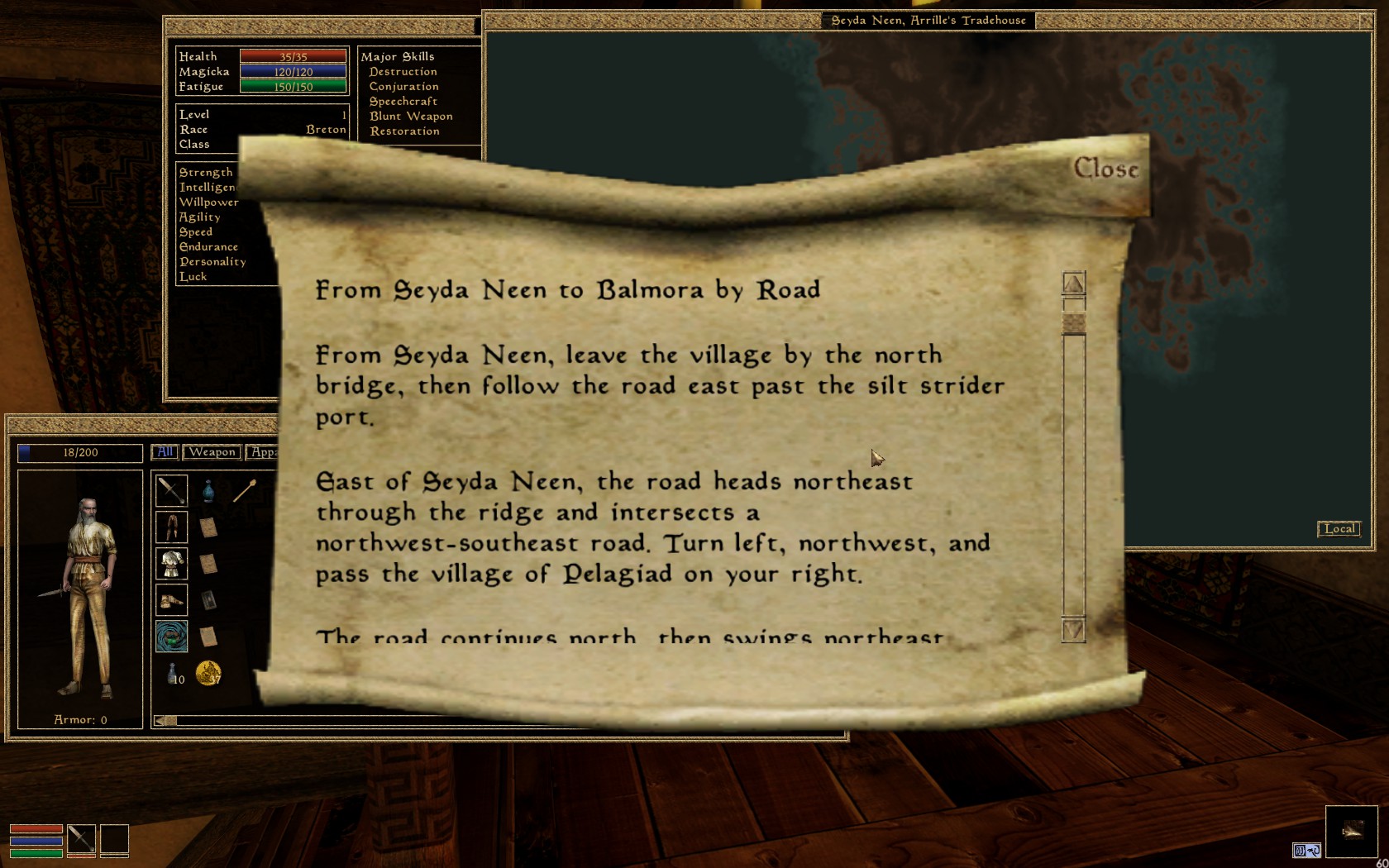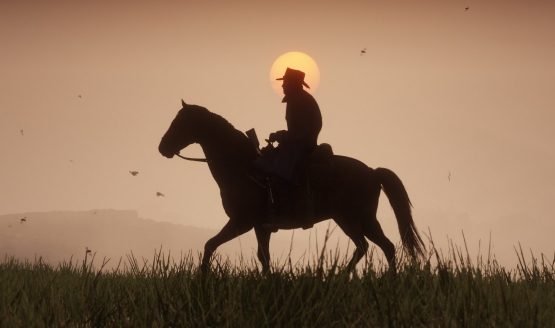
Long ago, in the world before The Elder Scrolls IV: Oblivion, there was no such thing as fast travel. Well, not to the same extent, at least. Although some games featured forms of warping and level-select, there was no open-world game that allowed players to get from one side of the map to the other in a split second. Players had to interact with their surroundings in order to thumb their way across unfamiliar terrain. From treacherous mountains to bottomless lakes, players had to remember to take the second left after the field of rocks, lest they end up amidst a swarm of merciless enemies ten levels higher than them. Red Dead Redemption 2‘s NPCs will offer the player directions if they decide to turn off the HUD. This is one of the most important things a game has done in quite some time.
Although fast travel was a massive mechanical development in contemporary game design, it isn’t all sunshine and rainbows. Fast travel can stunt immersion and give players an easy way to miss out on a lot of the wonderful things a development team worked very hard to make. Certain recent games have managed to limit the use of fast travel in interesting ways. God of War, for instance, introduced limitations to fast travel in order to encourage the player to experience the game in its full glory. Spider-Man made web-swinging so fun that there was never any need to use fast travel. However, fast travel has become a staple of modern video games, and while both of these titles gave the player reason to ignore it, they still offered players the option to use it.

It’s important to acknowledge Campo Santo’s Firewatch when discussing contemporary resistance to fast travel, as Firewatch forced the player to use a map, a compass, and a set of directions in order to find their way around the Rockies. While the map in Firewatch is only a fraction of the size of most RPG maps, the limitations it imposes on the player in the form of obstacles make finding a suitable route quite tricky. The player can spend quite some time moving north before discovering that they actually ended up moving westward for a time, and followed the natural curve of the path south, leaving them further away from their destination than they were when they originally set out. There’s a certain sense of accomplishment attached to finding your own way while drinking in the nature of the game world, as your role as the player character is more dependent on your own intuition than usual. While the only thing you may need to do in some games in order to incapacitate a group of ten enemies is to mash square, finding your way through a vast and unfamiliar landscape is entirely dependent on your own sense of navigation.
As a Western, Red Dead Redemption 2‘s cowboys don’t have access to Google Maps. In order to get from A to B, they need cross-reference their paper map drawn up by a cartographer with directions provided by NPCs in-the-know. By encouraging players to engage with the inhabitants of the world and stripping them of the ability to warp from one side of the map to the other, Rockstar is drastically increasing the degree of immersion players experience while playing. Fast travel is still in the game, and rightfully so—it’s a wonderful mechanic that has helped to improve games ever since it was invented back in 2006. However, it is important that RPGs give players the option to refrain from using it. Although players have been able to decide against fast travel in every single game that has ever included it, apart from games like The Witcher 3 in which the space between regions is unplayable, no game has implemented a countermeasure to aid those who wish to progress without its help. By this, I mean that no game has taken pains to do what Red Dead 2 strives to do, which is to offer players an alternative.

The glory days of games like Morrowind really emphasized the RP before the G. For those who don’t know, Morrowind was the iteration of The Elder Scrolls that came directly prior to Oblivion. NPCs in this game gave the players directions to where they needed to go, based on landmarks and other people along the way who could provide the next set of directions. The player was encouraged to take in all of the game world’s information, as even the most arbitrary of dialogue could prove to be a kernel of untapped wisdom at a later point in the story. By giving the NPCs this purpose of information sharing, the game world became filled with three-dimensional, worthwhile characters, as opposed to people who rattle off random lines that are entirely defunct of meaning.
After Morrowind, games became larger and more ambitious. As a result, fast travel became necessary. Some of the other mechanics that are now commonplace in games weren’t yet in place, so large game worlds could have a lot of filler between built-up areas like cities and dungeons. However, now that games development has progressed to the point where there are game worlds without filler, it has become clear that the best way in which to make these worlds worthwhile is to encourage thorough exploration of them. In order to do this, we must look to the past, back to the days of finding our own way. It may seem less flashy at face value, but the best way to allow contemporary design to really excel is to ensure that it is recognized in full.

We must find a way to cross the river, figure out a way to brighten the cave, and remember to take the second left after the field of rocks.








